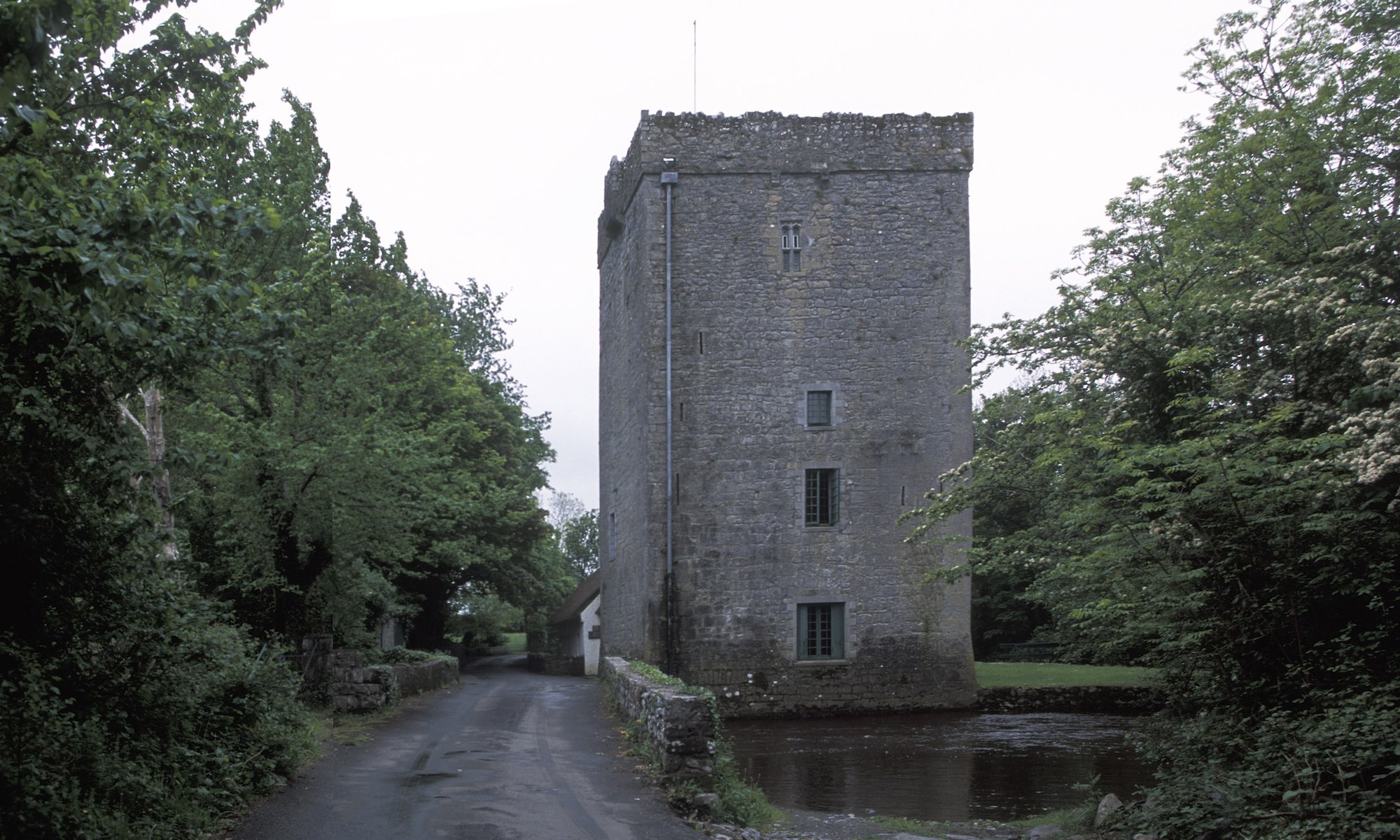Colonus’ Praise
(Poem as it appeared in The Tower, 1928)
Chorus. Come praise Colonus’ horses, and come praise
The wine-dark of the wood’s intricacies,
The nightingale that deafens daylight there,
If daylight ever visit where,
Unvisited by tempest or by sun,
Immortal ladies tread the ground
Dizzy with harmonious sound,
Semele’s lad a gay companion.
And yonder in the gymnasts’ garden thrives
The self-sown, self-begotten shape that gives
Athenian intellect its mastery,
Even the grey-leaved olive-tree
Miracle-bred out of the living stone;
Nor accident of peace nor war
Shall wither that old marvel, for
The great grey-eyed Athena stares thereon.
Who comes into this country, and has come
Where golden crocus and narcissus bloom,
Where the Great Mother, mourning for her daughter
And beauty-drunken by the water
Glittering among grey-leaved olive-trees,
Has plucked a flower and sung her loss;
Who finds abounding Cephisus
Has found the loveliest spectacle there is.
Because this country has a pious mind
And so remembers that when all mankind
But trod the road, or splashed about the shore,
Poseidon gave it bit and oar,
Every Colonus lad or lass discourses
Of that oar and of that bit;
Summer and winter, day and night
Of horses and horses of the sea, white horses.
In creating the poem, Yeats references an excerpt from Paul Masqueray’s French translation of Oedipus at Colonus. The first version of Yeats’s rendition of Sophocles’s King Oedipus appeared at the Abbey Theatre in December, 1927 after encouragement from George, his wife. While this is the only poem of The Tower to receive its first publication as a part of the collection in February, 1928, a nearly completed version of it was included in a letter to Olivia Shakespeare dated in March, 1924.
Yeats’s fascination with Oedipus and Leda is reminiscent of his cyclical theory of history demonstrated by the Phases of the Moon, reincarnation and his 2000 year theory which praises the peak civilization of Athens. Mentions of “Athenian intellect”, “olive-trees” and Poseidon further reflect his admiration for the Golden Age of Athens. Found in A Packet for Ezra Pound in 1929, Yeats asserts that Oedipus’s soul and body sinking down into Earth is similar to Jesus’s ascension while also comparing Oedipus in the Wood of the Furies to an Irishman traversing the haunted woods of Galway and Sligo in a move towards the folkloric.
A hallmark of Yeatsian poetry, the poem plays with the inevitability and fate of Oedipus’s death and aging while describing this land where Oedipus is destined to die as being the promised land. This unity of being and sense of terrible beauty, that is, beauty in death, is recurrent throughout his poems, and this poem also reflects his past fondness of Irish folklore in concert with Ancient Greek classics. Yeats himself called his translation a bolder translation that is “less literal and more idiomatic and modern.”
A Closer Look: “Colonus’ Praise”
This is the only poem from The Tower which received its first publication in The Tower and was not previously featured in a literary circular or Cuala Press volume. However, a largely-complete version of “Colonus’ Praise” was featured in a letter which Yeats wrote to Olivia Shakespeare on March 24, 1927.
